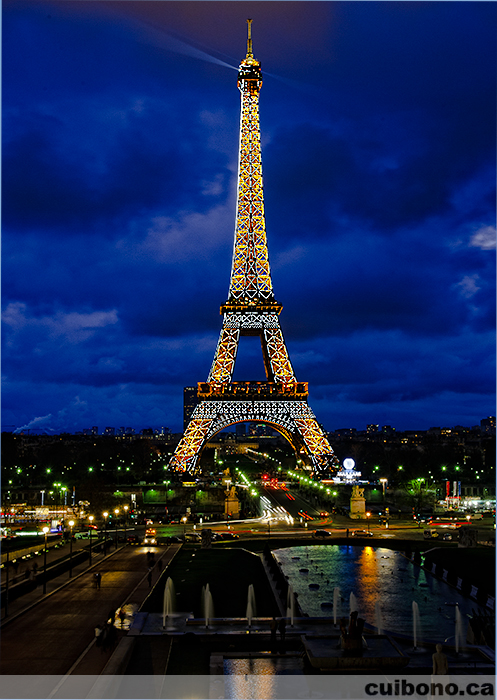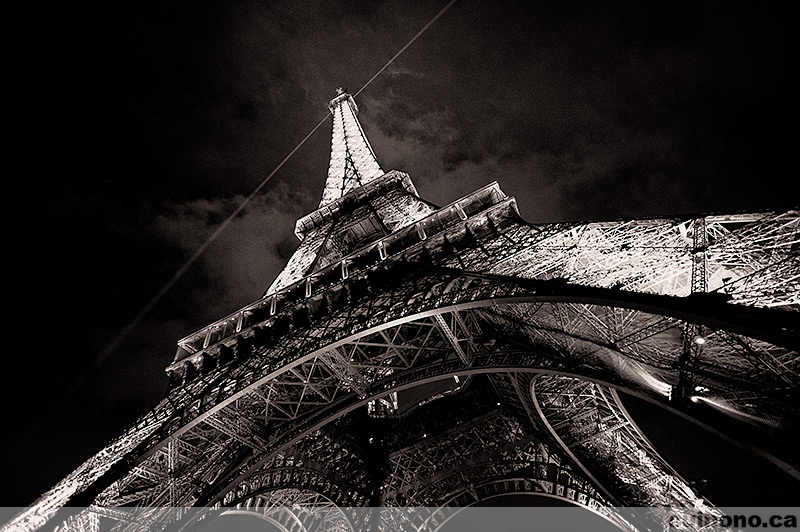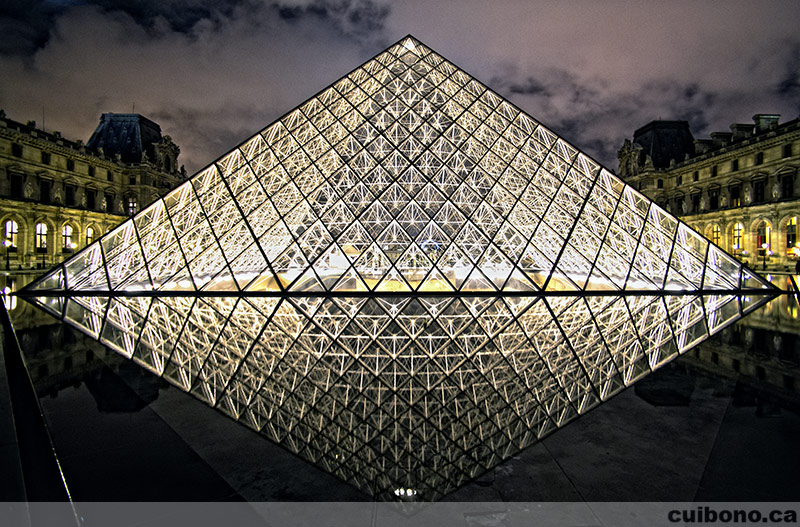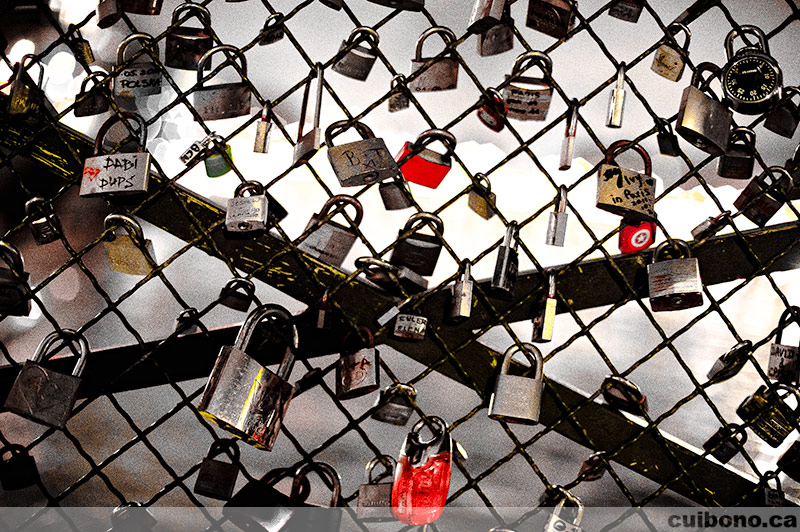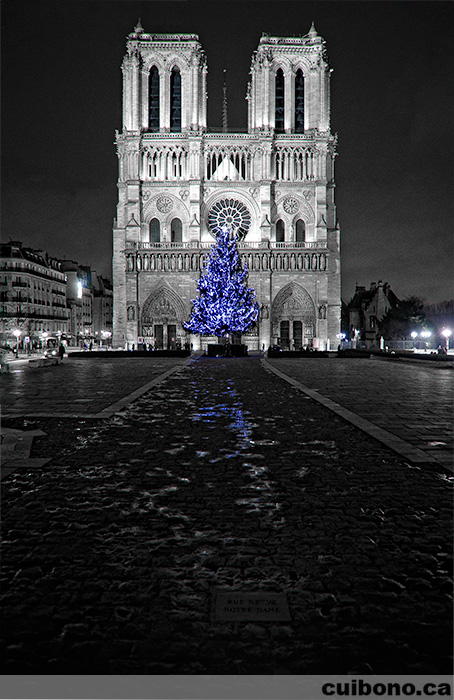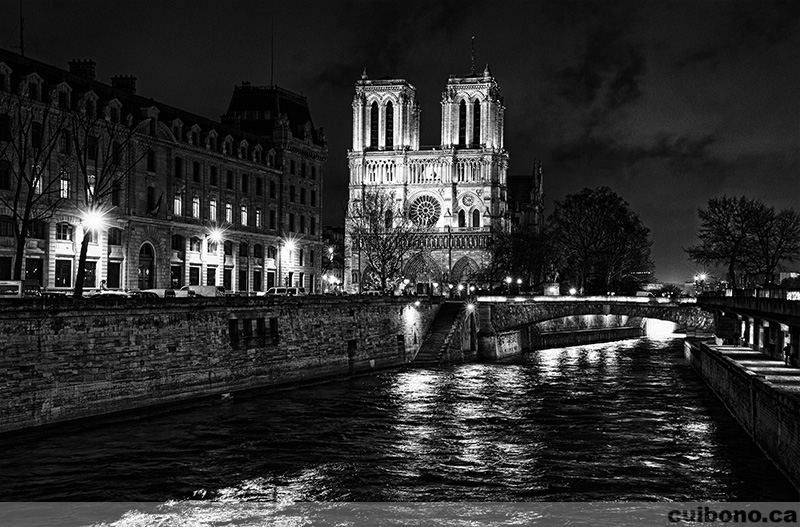This past weekend, my wife and I embarked on (yet another) impulsive trip: 24 hours in Paris! For me, Paris is to Europe what New York is to the United States: a city that I know fairly well and feel comfortable in and one that is extremely photogenic. There are key differences between the two cities of course, but generally speaking, both are cosmopolitan, both are architecturally inspiring, full of heritage sites, and both have an endemic charm that is difficult to describe but easy to experience.
Travel Photography Tip
As with most other cities, the key to discovering Paris is to slow-down and assimilate as best you can. Find a café or a pub, take it all in, and engage locals in order to get a sense of which areas they are gravitating towards. This little “reconnaissance” mission will often lead you to areas that are off the beaten-path or allow you to find out about special events that are not easily known to tourists. This of course is on top of the world class sites that are “a must-see”, so the longer you can stay, the better.
Making my itinerary and selecting what to bring
Given the 24 hour time constraint, I knew I wouldn’t be able to do my usual “recon” mission. I relied instead on past memories to help me build a well-thought out photographic itinerary that was still flexible enough to accommodate some spontaneity. My journey had to take me to and from the hotel only once, and my camera gear had to be light AND have good light gathering capabilities to take into account the different types of lighting situations I would encounter. Also, no tripod, since carrying one for so many hours is painful and not inconspicuous. I don’t know if anyone else feels this way, but I find it hard to assimilate when I have a tripod hanging from my shoulder. (I should note that I did bring a tripod for a specific shot that I had in mind, and so I used it once when my itinerary was complete).
Since I believe Paris is best seen from a wide or standard angle perspective, I packed a basic kit that covered 17mm to 105mm (super wide to portrait/short telephoto). My Domke contained prime lenses (17mm F3.5, 50mm F1.2, and 105mm F1.8) and a single zoom lens (24-70mm F2.8). The kit wasn’t too heavy, and as you can see, it met the light gathering requirement when coupled with my D3s.
Ready, set... go!
Our hotel was near the Arc de Triomphe, so starting and ending there made the most sense. After the Arc de Triomphe, it was off to the Eiffel Tower. My first vantage point of the Tower was from the Esplanade du Trocadero which is in my opinion the best viewpoint at dusk and night (note: a nice vantage point during the day is in the Champ de Mars). I then moved in up close and personal to the Tower in order to get more abstract pictures. Side note: the picture of the lit up Eiffel Tower has so much detail in it that reducing it in size has the unfortunate side effect of destroying that detail. When viewed at 100%, each strobe is visible.
Next on the itinerary was a metro ride to the Louvre, which is lovely at night. There aren’t many picture opportunities there at night, so after a quick stop, it was off to Saint-Michel to have some food in the Latin Quarter. The walk along the Seine is wonderful by the way, and like New York, I always encourage people to walk whenever and wherever possible. You inevitably discover something new when you take your time and walk to your next destination. We did when Monica noticed locks along the railing of the Ponts des Arts. It turns out they were Love Locks, put there by couples. A note is engraved or penned on the lock, the key is then thrown into the water. Pretty romantic stuff :-)
We continued our walk towards the Latin Quarter and if you’ve never been there, it’s a must. The area is characterized by small streets, thousands of locals and tourists mingling and an abundance of restaurants and watering holes. There are a lot of photographic opportunities there, but unfortunately, nothing really caught my eye this time around.
After some good food and a quick stroll, I was off to the Notre Dame Cathedral, another beautiful sight to behold at night. I think it’s worth acknowledging and thanking the persons who manage heritage buildings and monuments in Paris. They recognize that tourists visit the sites from dusk to dawn and beyond, and light them accordingly and appropriately. Visiting a site at night is just as rewarding as during the day, and at times, even more so. Since there are fewer people around pushing, shoving, running, crying, distracting you and talking, you naturally slow down to take it all in and you no longer feel that you’re in a hurry, which is a nice feeling. It also makes for very dramatic black and white conversions (ymmv).
From there, it was off to the hotel to grab the tripod to capture that one last image that I had in mind, then back to the hotel. The 24 hours were just about up, all that was left to do was pack everything up and sleep the last few hours away.
Side Note...
It can be difficult to be creative in Paris when it comes to monuments. They are for the most part very photogenic, but as a photographer, you have to remember that millions of people before you have taken the exact same picture that you are thinking of composing. So you have a couple of options: take a picture from a different viewpoint (which is hard to do or imagine at times) to create a more compelling image and/or just take the more “standard” pictures better (defining “better” is not easy...)
Of course, another option is to do an initial “recon” (time permitting) in order to be able to get to little known areas. This will allow you to capture moments and scenes that are truly unique in areas that most tourists will never traverse along with the more standard pictures you are sure to record. That’s my personal approach whenever possible – it’s the best of both worlds.

